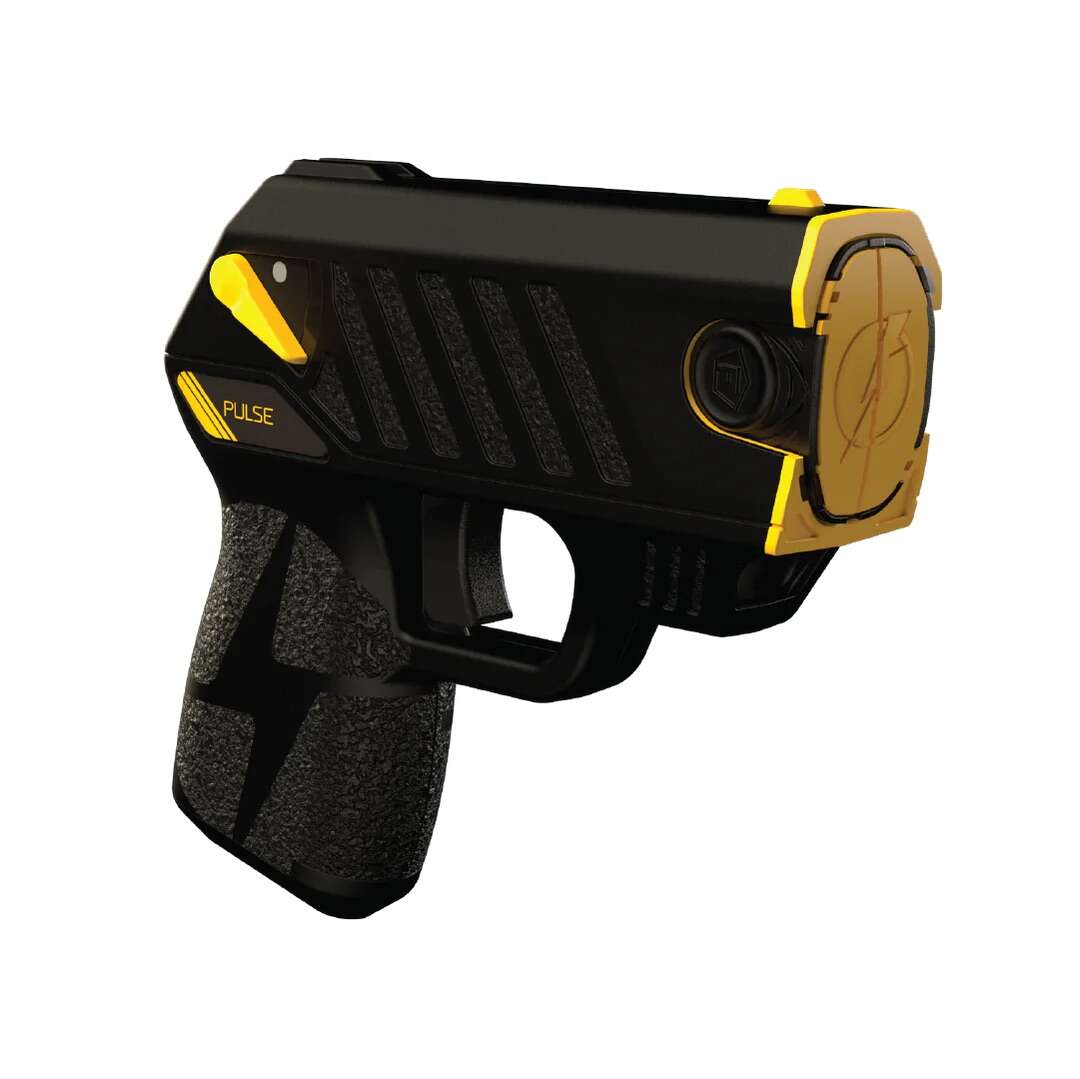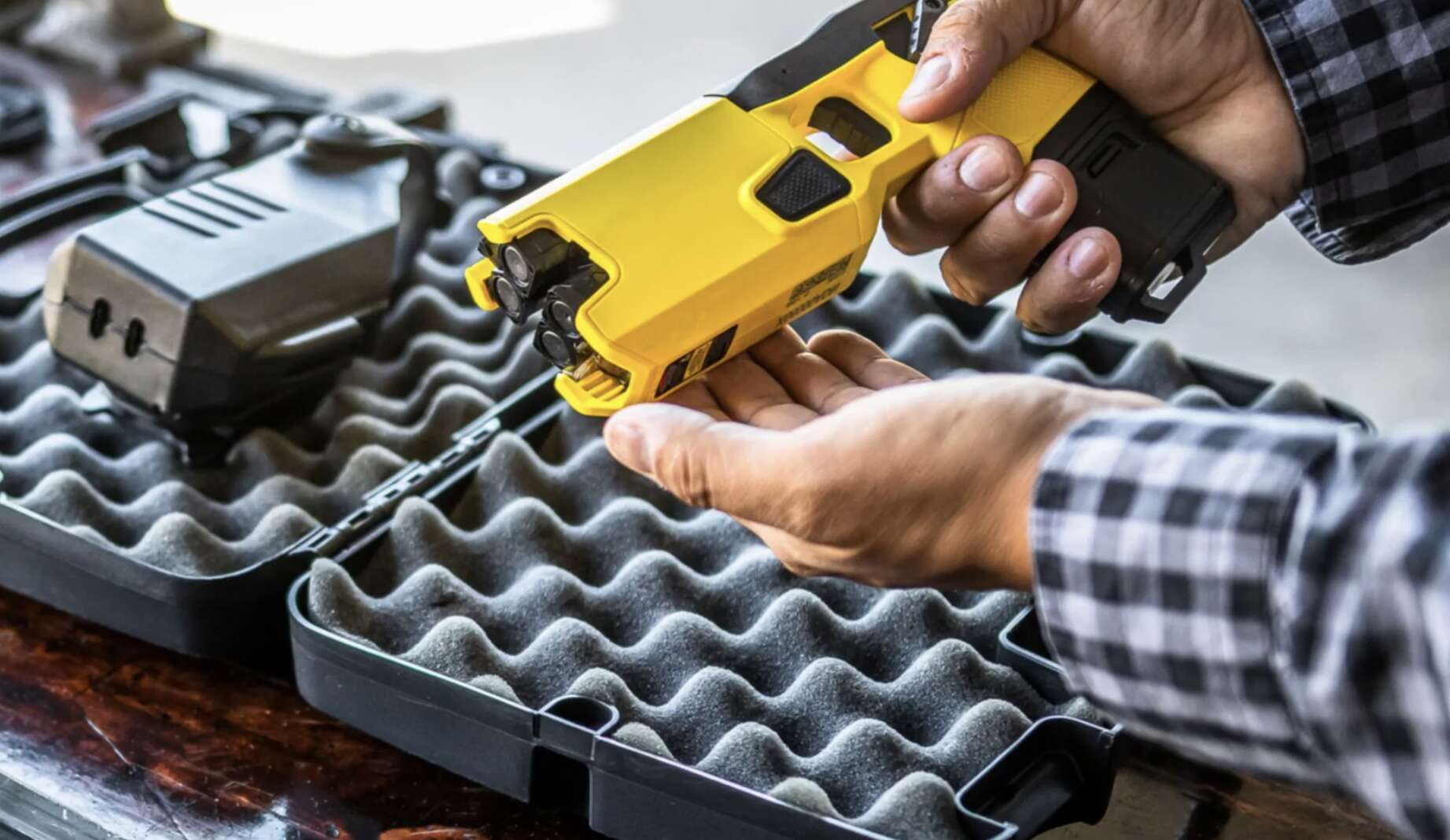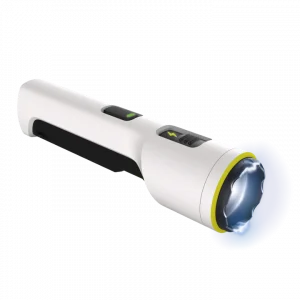- Introduction
- What is a TASER Stun Gun?
- How does a TASER Stun Gun work?
- Types of TASER Stun Guns
- Benefits of using a TASER Stun Gun
- Who should use a TASER Stun Gun?
- Legal considerations when using a TASER Stun Gun
- How to choose the right TASER Stun Gun for you
- How to use a TASER Stun Gun effectively
- Potential risks and side effects of using a TASER Stun Gun
- How to maintain your TASER Stun Gun
- Alternatives to TASER Stun Guns
- Conclusion
- FAQs
1. Introduction
In today’s world, personal safety is a top concern for many people. Fortunately, there are several tools and devices that can help individuals defend themselves from potential threats. One such tool is the TASER Stun Gun. TASER Stun Guns have become increasingly popular in recent years due to their effectiveness and ease of use. In this article, we will explore the world of TASER Stun Guns and provide valuable information for anyone considering purchasing one for personal protection.

2. What is a TASER Stun Gun?
A TASER Stun Gun is a non-lethal self-defense weapon that uses electrical current to disrupt voluntary control of muscles in the body. TASER stands for Thomas A. Swift’s Electric Rifle, named after the main character of a series of juvenile adventure novels. The weapon was developed in the 1960s by Jack Cover, a NASA researcher, and was originally designed for law enforcement use. In recent years, TASER Stun Guns have become popular with the general public as a self-defense tool.
3. How does a TASER Stun Gun work?

When a TASER Stun Gun is fired, two small electrodes are propelled towards the target. The electrodes are connected to the TASER device by thin wires. When the electrodes make contact with the target, they deliver a high-voltage, low-amperage electrical current. This current disrupts the voluntary control of muscles in the body, causing the target to lose their balance and fall to the ground. The effect is temporary and usually lasts for several minutes.
4. Types of TASER Stun Guns
There are several types of TASER Stun Guns available on the market, each with its own unique features and benefits. Some of the most common types include:
- Handheld TASER Stun Guns: These are the most common type of TASER Stun Gun and are designed to be held in one hand.
- TASER Gun: A TASER Gun is a type of TASER Stun Gun that looks like a firearm. It is designed to be fired using both hands and is usually used by law enforcement officers.
- Stun Batons: Stun batons are longer than handheld TASER Stun Guns and are designed to be used as a striking weapon in addition to a stun gun.
5. Benefits of using a TASER Stun Gun

There are several benefits to using a TASER Stun Gun for personal protection. Some of the most notable benefits include:
- Non-lethal: TASER Stun Guns are a non-lethal self-defense tool, which means that they are designed to be used without causing serious injury or death.
- Easy to use: TASER Stun Guns are designed to be easy to use, even for people with little or no experience with self-defense.
- Effective: TASER Stun Guns have been shown to be highly effective at stopping attackers in their tracks, giving individuals a chance to escape or seek help.
- Portable: TASER Stun Guns are small and lightweight, making them easy to carry around in a purse or pocket.
- Versatile: TASER Stun Guns come in various shapes and sizes, allowing individuals to choose a device that fits their specific needs.
6. Who should use a TASER Stun Gun?
TASER Stun Guns are ideal for anyone looking for a non-lethal self-defense tool. They are particularly useful for individuals who may not have the strength or skill to use other self-defense tools effectively. TASER Stun Guns can also be used by law enforcement officers and security personnel.

7. Legal considerations when using a TASER Stun Gun

Before purchasing and using a TASER Stun Gun, it’s important to familiarize yourself with the legal considerations. In many states and countries, it is legal to own and carry a TASER Stun Gun for personal protection. However, some states and countries have restrictions or regulations regarding the use of TASER Stun Guns. It’s important to research and understand the laws in your area before using a TASER Stun Gun.
8. How to choose the right TASER Stun Gun for you

When choosing a TASER Stun Gun, there are several factors to consider, including:
- Size: TASER Stun Guns come in various sizes, so it’s important to choose a size that is comfortable for you to carry and use.
- Voltage: The voltage of a TASER Stun Gun determines how powerful it is. Higher voltage means more power, but also higher risk of side effects. Consider your own personal needs and the level of danger you may face when choosing a voltage.
- Price: TASER Stun Guns vary in price, so it’s important to set a budget and choose a device that fits your financial needs.
9. How to use a TASER Stun Gun effectively

Using a TASER Stun Gun effectively requires proper training and practice. When using a TASER Stun Gun, it’s important to aim for the upper body, specifically the chest or stomach area. This ensures maximum effectiveness and helps to avoid causing serious injury. It’s also important to remember that TASER Stun Guns are not a replacement for other self-defense techniques, such as running away or seeking help.
10. Potential risks and side effects of using a TASER Stun Gun
While TASER Stun Guns are generally considered safe and non-lethal, there are still some potential risks and side effects to be aware of. These include:
- Muscle soreness and fatigue
- Burns or puncture wounds from the electrodes
- Nausea or dizziness
- Seizures in individuals with pre-existing medical conditions
It’s important to follow proper safety protocols and seek medical attention if any side effects occur.

11. How to maintain your TASER Stun Gun
To ensure the longevity and effectiveness of your TASER Stun Gun, it’s important to properly maintain it. This includes regularly cleaning the device and keeping it away from moisture and extreme temperatures. It’s also important to regularly check the battery and replace it when needed.

12. Alternatives to TASER Stun Guns
While TASER Stun Guns are an effective self-defense tool, there are also other non-lethal options available. Some of these include:
- Pepper Spray
- Personal Alarms
- Self-defense classes
It’s important to consider all available options and choose a self-defense tool that fits your specific needs and preferences.
13. Conclusion
TASER Stun Guns are a highly effective and non-lethal self-defense tool that can provide individuals with added peace of mind and protection. When used properly, they can help individuals defend themselves from potential threats without causing serious injury or death. It’s important to familiarize yourself with the legal considerations and proper usage techniques before purchasing and using a TASER Stun Gun.
14. FAQs

- Is it legal to own and carry a TASER Stun Gun?
- In many states and countries, it is legal to own and carry a TASER Stun Gun for personal protection. However, some states and countries have restrictions or regulations regarding the use of TASER Stun Guns. It’s important to research and understand the laws in your area before using a TASER Stun Gun.
- How effective are TASER Stun Guns at stopping attackers?
- TASER Stun Guns have been shown to be highly effective at stopping attackers in their tracks, giving individuals a chance to escape or seek help.
- Are there any potential risks or side effects of using a TASER Stun Gun?
- While TASER Stun Guns are generally considered safe and non-lethal, there are still some potential risks and side effects to be aware of. These include muscle soreness and fatigue, burns or puncture wounds from the electrodes, nausea or dizziness, and seizures in individuals with pre-existing medical conditions.
- How do I choose the right TASER Stun Gun for me?
- When choosing a TASER Stun Gun, consider factors such as size, voltage, and price. It’s important to choose a device that fits your personal needs and preferences.
- Are there alternatives to TASER Stun Guns for self-defense?
- Yes, there are several non-lethal self-defense options available, including pepper spray, personal alarms, and self-defense classes. It’s important to consider all available options and choose a self-defense tool that fits your specific needs and preferences.


